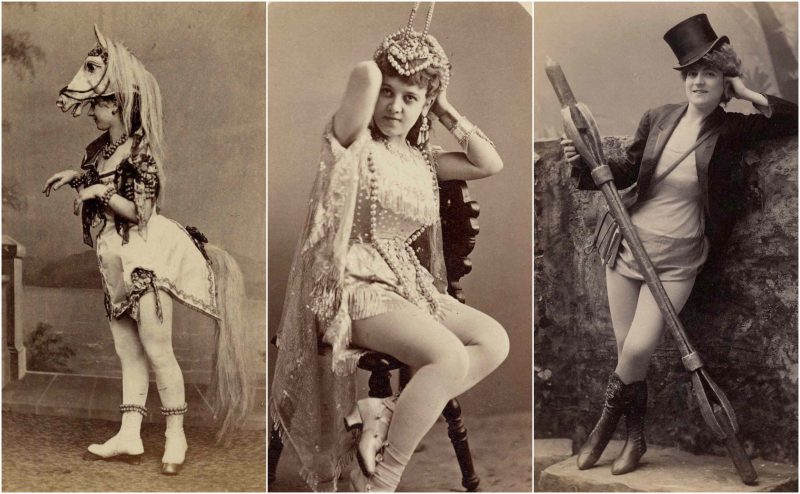Victorian burlesque, sometimes known as “travesty” or “extravaganza”, was popular in London theatres between the 1830s and the 1890s.
It took the form of musical theatre parody in which a well-known opera, play or ballet was adapted into a broad comic play, usually a musical play, often risqué in style, mocking the theatrical and musical conventions and styles of the original work, and quoting or pastiching text or music from the original work.
The comedy often stemmed from the incongruity and absurdity of the classical subjects, with realistic historical dress and settings, being juxtaposed with the modern activities portrayed by the actors. Madame Vestris produced burlesques at the Olympic Theatre beginning in 1831 with Olympic Revels by J. R. Planché.
Other authors of burlesques included H. J. Byron, G. R. Sims, F. C. Burnand, W. S. Gilbert and Fred Leslie.
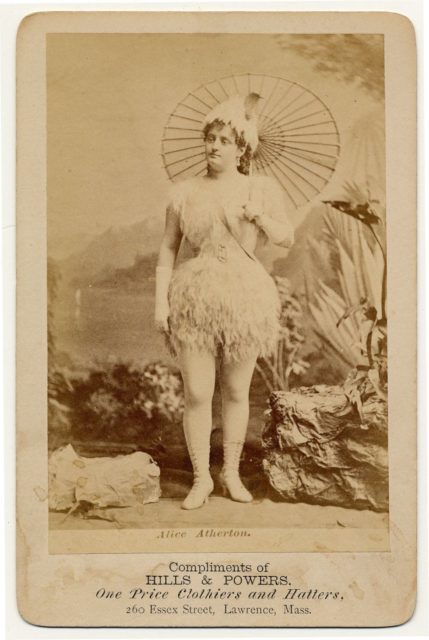
![Carrie McHenry as Jako in Bohemian Gy-url [sic], Colville Opera Company.](https://www.thevintagenews.com/wp-content/uploads/sites/65/2016/06/Carrie-McHenry-as-Jako-in-Bohemian-Gy-url-sic-Colville-Opera-Company.-426x640.jpg)
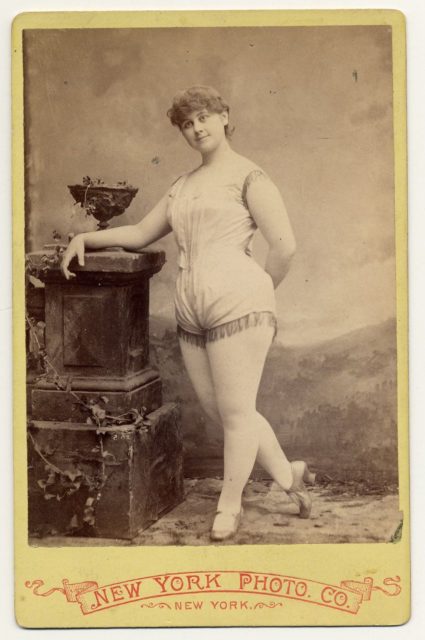
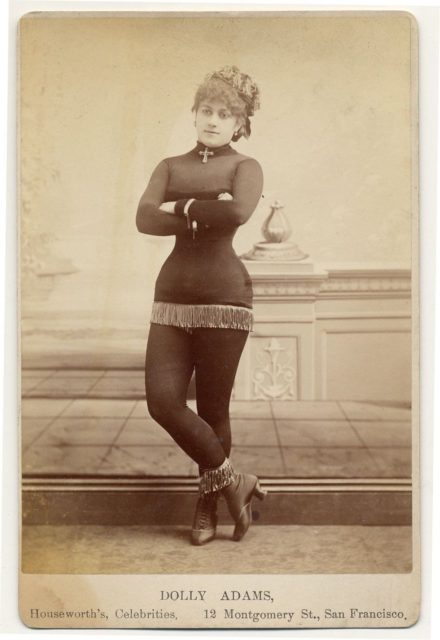
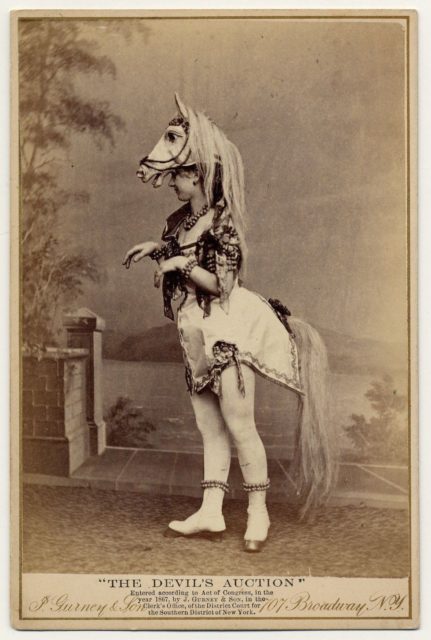
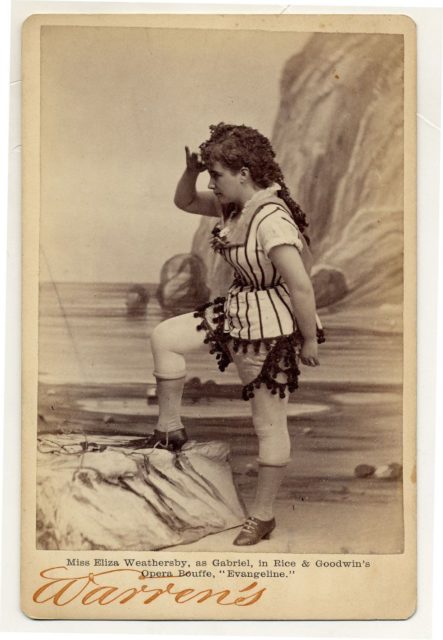
Victorian burlesque related to and in part derived from traditional English pantomime “with the addition of gags and ‘turns’.” In the early burlesques, following the example of ballad opera, the words of the songs were written to popular music.
Later burlesques mixed the music of opera, operetta, music hall and revue, and some of the more ambitious shows had original music composed for them. This English style of burlesque was successfully introduced to New York in the 1840s.
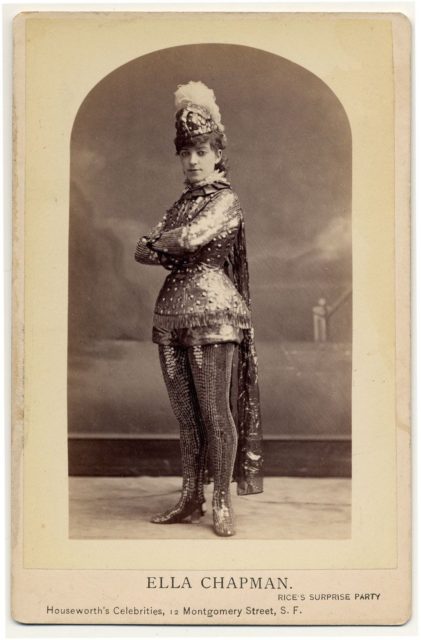
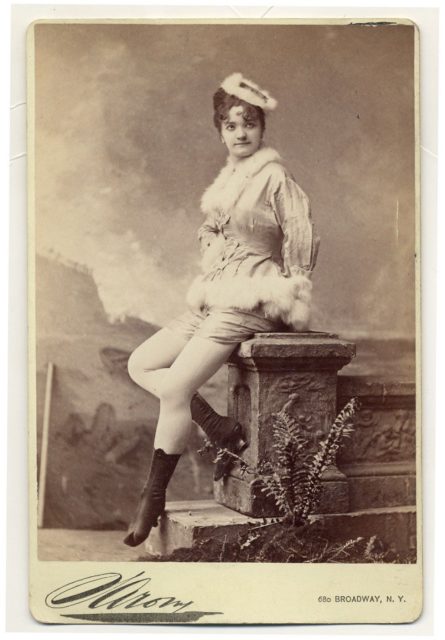
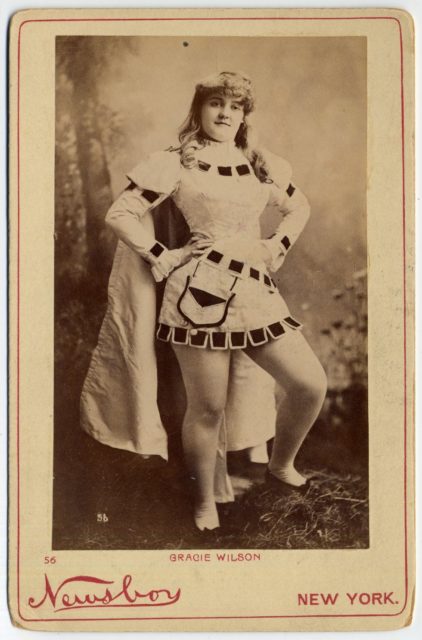
Some of the most frequent subjects for burlesque were the plays of Shakespeare and grand opera. The dialogue was generally written in rhyming couplets, liberally peppered with bad puns. A typical example from a burlesque of Macbeth: Macbeth and Banquo enter under an umbrella.
And the witches greet them with “Hail! hail! hail!” Macbeth asks Banquo, “What mean these salutations, noble thane?” and is told, “These showers of ‘Hail’ anticipate your ‘reign'”. A staple of burlesque was the display of attractive women intravesty roles, dressed in tights to show off their legs, but the plays themselves were seldom more than modestly risqué.
Actresses in burlesque would often play breeches roles, which were male roles played by women; likewise, men eventually began to play older female roles. These reversals allowed viewers to distance themselves from the morality of the play, focusing more on joy and entertainment than catharsis, a definitive shift away from neoclassical ideas.
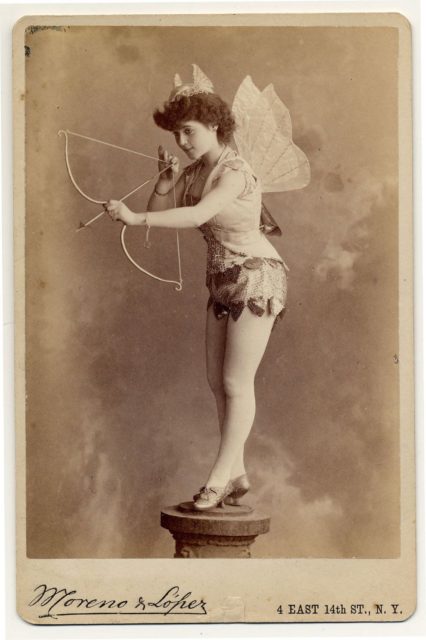
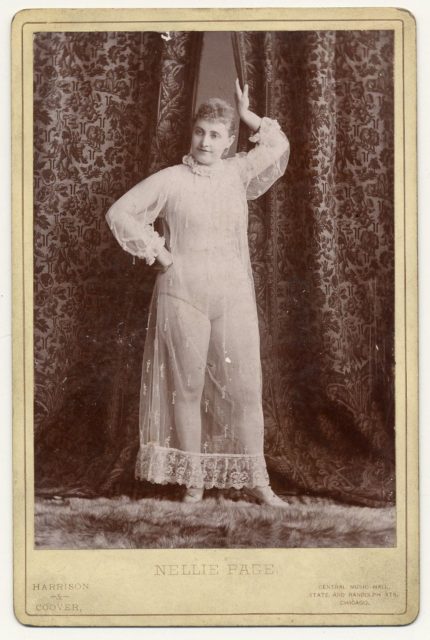
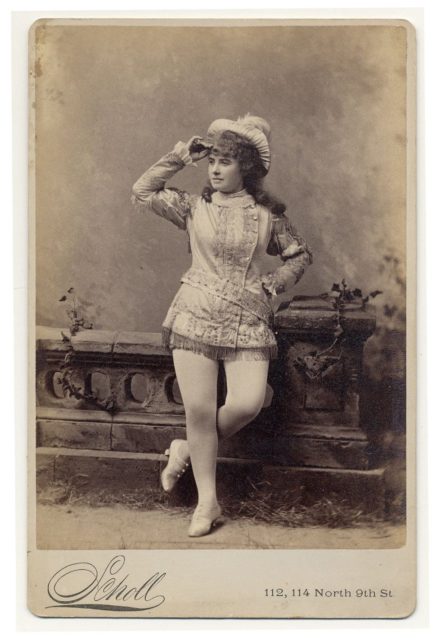
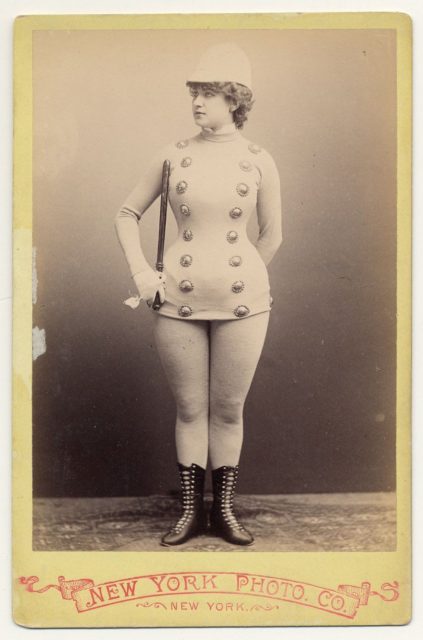
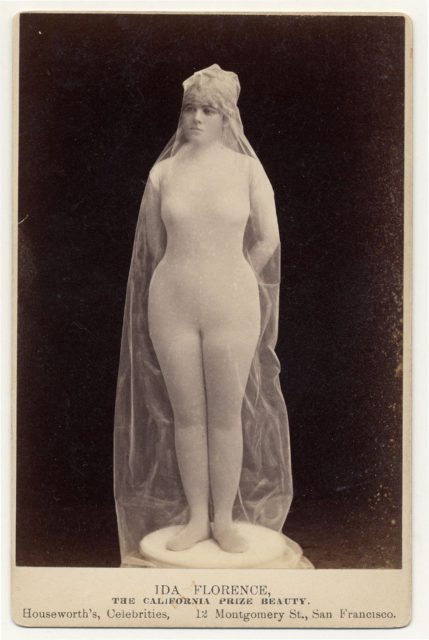
The depiction of female sexuality in Victorian burlesque was an example of the connection between women as performers and women as sexual objects in Victorian culture.Throughout the history of theatre the participation of women on stage has been questioned.
Victorian culture viewed paid female performance as being closely associated with prostitution, “a profession in which most women in the theatre dabbled, if not took on as a primary source of income.
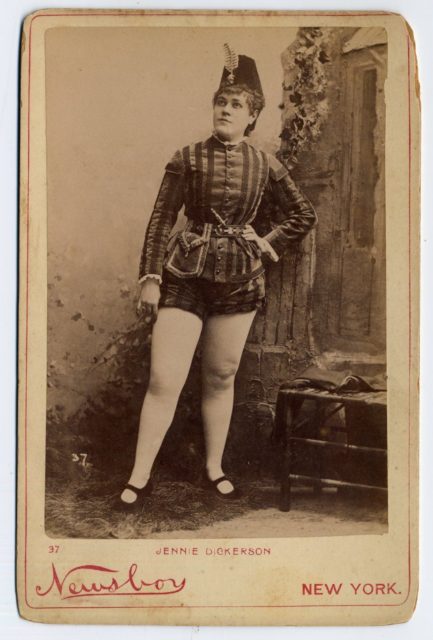
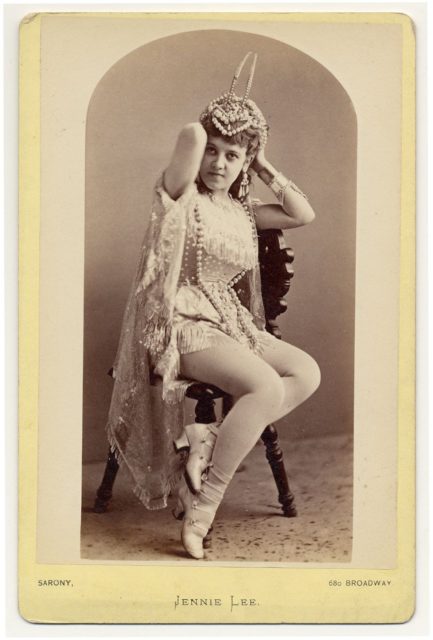
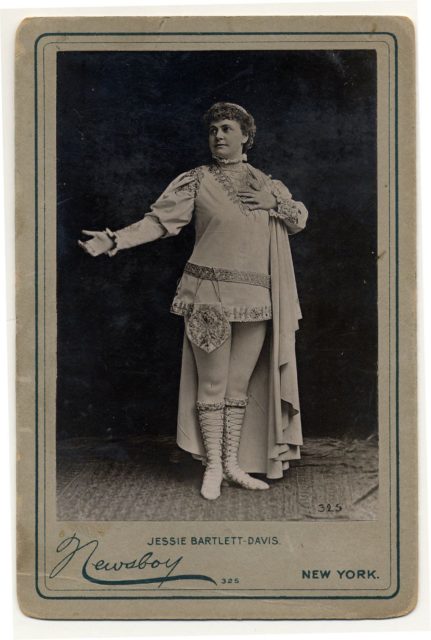
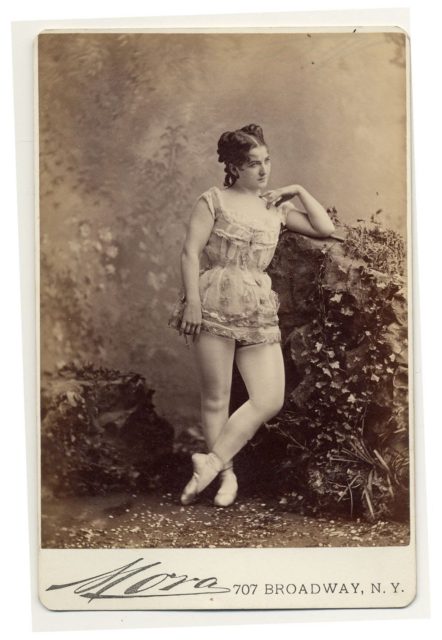
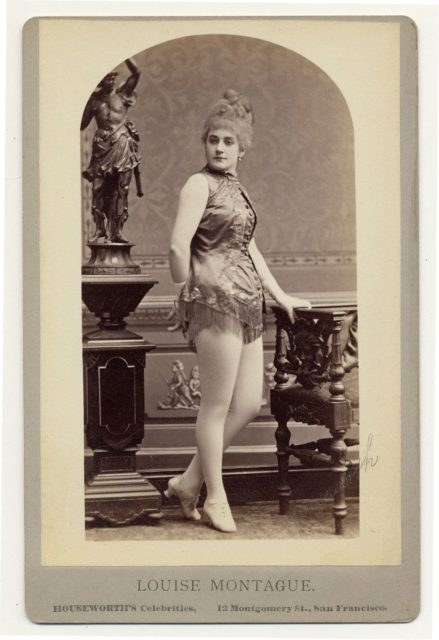
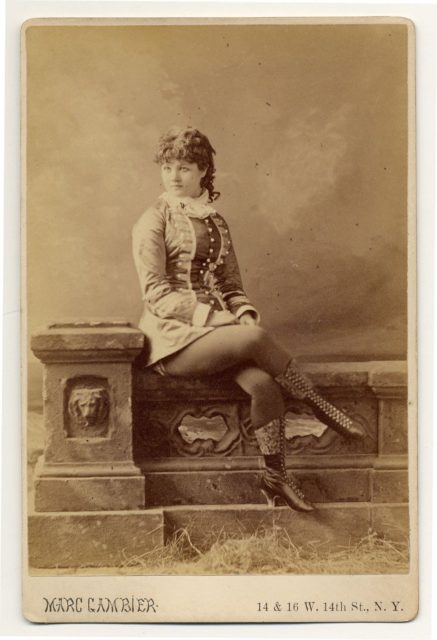
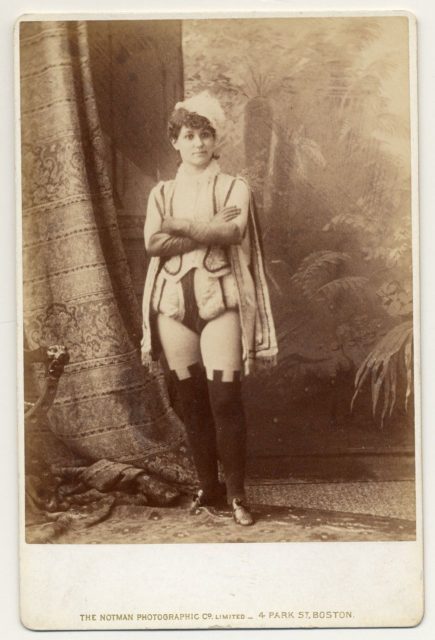
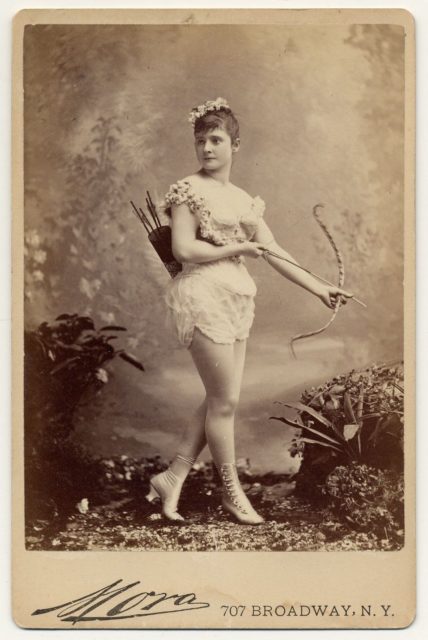
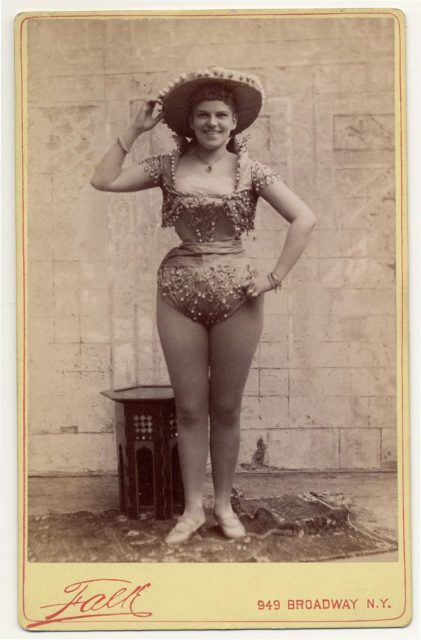
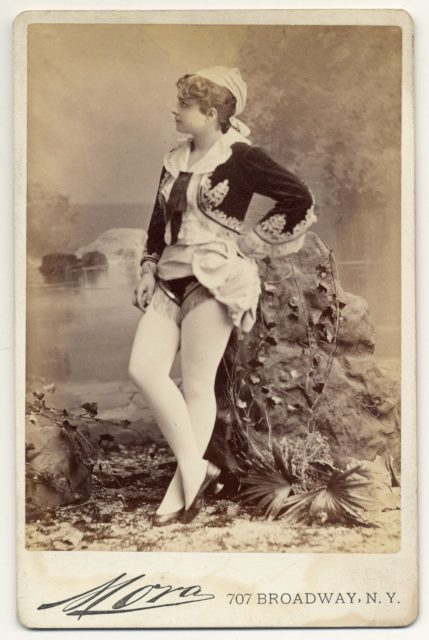
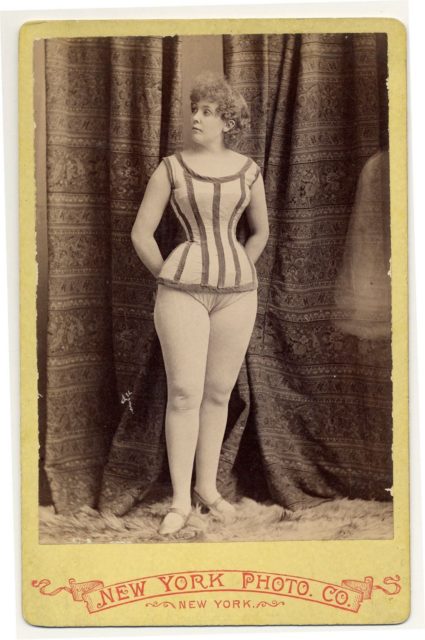
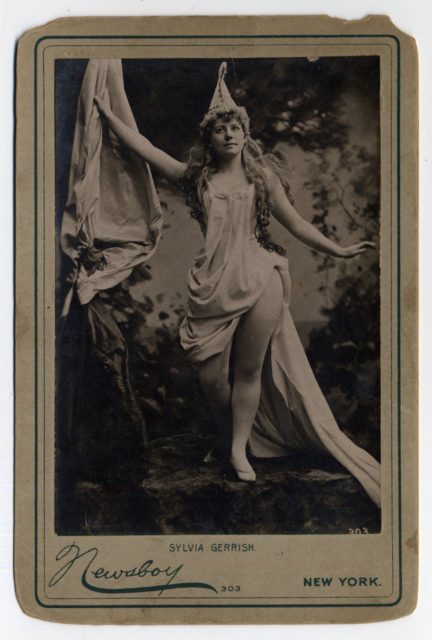
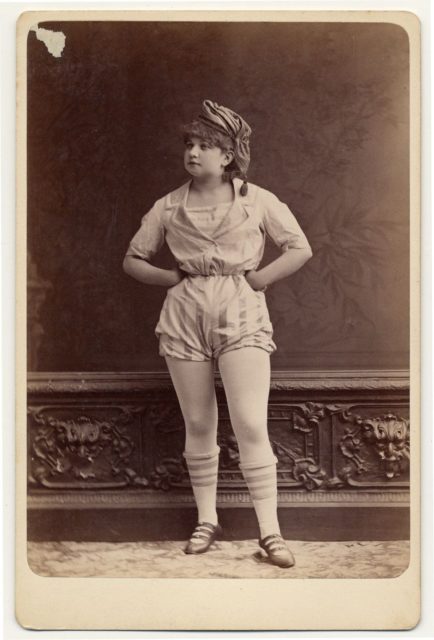
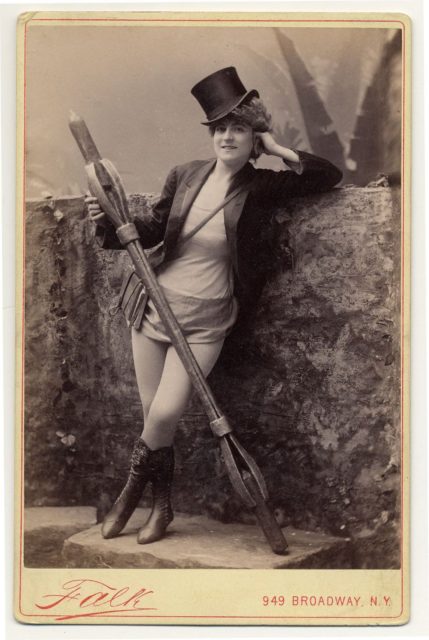
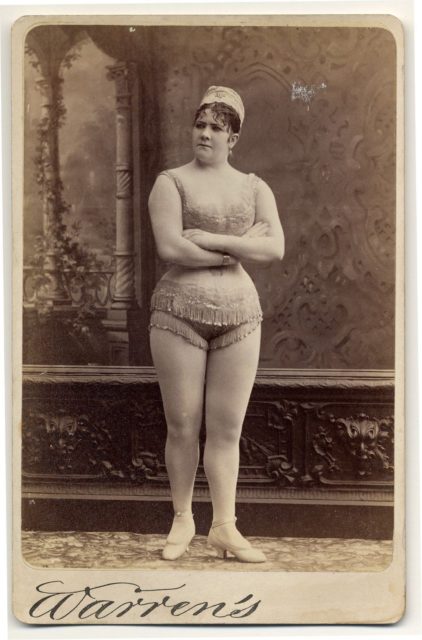
All photos by CHARLES H. MCCAGHY COLLECTION
Burlesque became the speciality of certain London theatres, including the Gaiety and Royal Strand Theatre from the 1860s to the early 1890s. Until the 1870s, burlesques were often one-act pieces running less than an hour and using pastiches and parodies of popular songs, opera arias and other music that the audience would readily recognize.
The house stars included Nellie Farren, John D’Auban, Edward Terry and Fred Leslie.From about 1880, Victorian burlesques grew longer, until they were a whole evening’s entertainment rather than part of a double- or triple-bill.
In the early 1890s, these burlesques went out of fashion in London, and the focus of the Gaiety and other burlesque theatres changed to the new more wholesome but less literary genre of Edwardian musical comedy.
